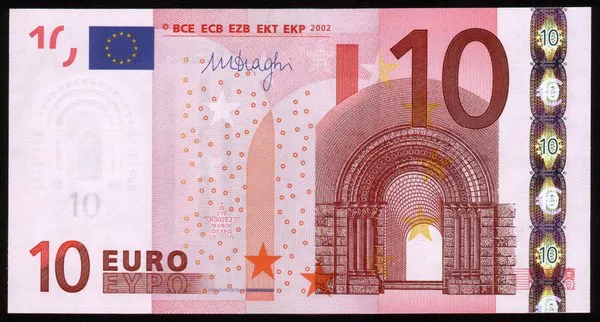The euro, Europe’s common currency, has been a symbol of European unity and integration since its introduction in 1999. However, nearly two decades later, the eurozone is facing numerous challenges that threaten its long-term viability.
In this article, we will explore the challenges facing the eurozone and examine the potential paths forward for the currency. We will consider economic, political, and social factors shaping the future of the euro, as well as the opportunities that exist to strengthen and renew it.
Challenge 1: Economic Disparities
One of the most pressing challenges facing the eurozone is economic disparities among member countries. Some countries, such as Germany and France, have strong economies with relatively low levels of debt and unemployment. Others, like Greece and Portugal, have struggled economically, with high levels of debt and unemployment.
These disparities have led to tensions within the eurozone, with some arguing that they undermine the very foundation of the European Union. To address this challenge, some economists suggest greater fiscal integration, including a common budget and the issuance of Eurobonds.
Others argue that more targeted measures are necessary, such as investment in education and infrastructure in struggling economies and increased support for small and medium-sized enterprises. These measures could help reduce economic disparities and create a more balanced eurozone.
Challenge 2: Political Instability
Another challenge facing the eurozone is political instability. In recent years, nationalist and populist movements have gained traction across Europe, creating uncertainty and instability in many countries. This instability can affect the stability of the euro, as governments may be less willing to cede control over their national economies to a larger, supranational entity.
To address this challenge, some experts suggest greater political integration, such as a stronger European Parliament and the creation of a European finance minister. Others argue that more decentralized decision-making is necessary, with greater power given to national governments and regional authorities.
Challenge 3: External Pressures
The eurozone also faces external pressures that threaten its stability. One major example is the ongoing trade conflict between the United States and China, which could have wide-ranging effects on the global economy and the eurozone specifically.
Another external pressure is Brexit, the United Kingdom’s decision to leave the European Union. While the UK was never a member of the eurozone, its departure could have significant implications for the currency’s future, both economically and politically.
Opportunity 1: Innovation
Despite these challenges, there are also opportunities to strengthen and renew the euro. One of these opportunities is innovation, particularly in the area of financial technology (fintech). Fintech innovations like blockchain and cryptocurrency have the potential to disrupt traditional banking and finance systems, potentially creating new opportunities for the eurozone.
In addition, technological advancements in areas such as renewable energy, artificial intelligence, and automation could lead to new economic growth and job creation. The eurozone can position itself to take advantage of these opportunities by investing in research and development, education, and infrastructure.
Opportunity 2: Greater Integration
Another opportunity for the eurozone is greater integration. Despite the challenges posed by economic disparities and political instability, deeper integration within the eurozone could help build a stronger and more stable Europe.
This could include greater fiscal integration, such as the creation of a common budget or the issuance of Eurobonds. It could also involve greater political integration, such as the creation of a European finance minister or the strengthening of the European Parliament.
Conclusion
The future of the euro is uncertain, but it is clear that the challenges facing the eurozone are real and pressing. Economic disparities, political instability, and external pressures all pose significant risks to the currency’s long-term viability.
However, there are also opportunities to strengthen and renew the euro. Innovations in fintech and other areas of technology, as well as greater integration within the eurozone, could help create a more prosperous and stable Europe.
Ultimately, the future of the euro will depend on the collective efforts of European leaders and citizens to address these challenges and seize these opportunities. By working together, Europe can build a stronger, more resilient, and more united future for the eurozone.
Related Topics:

























